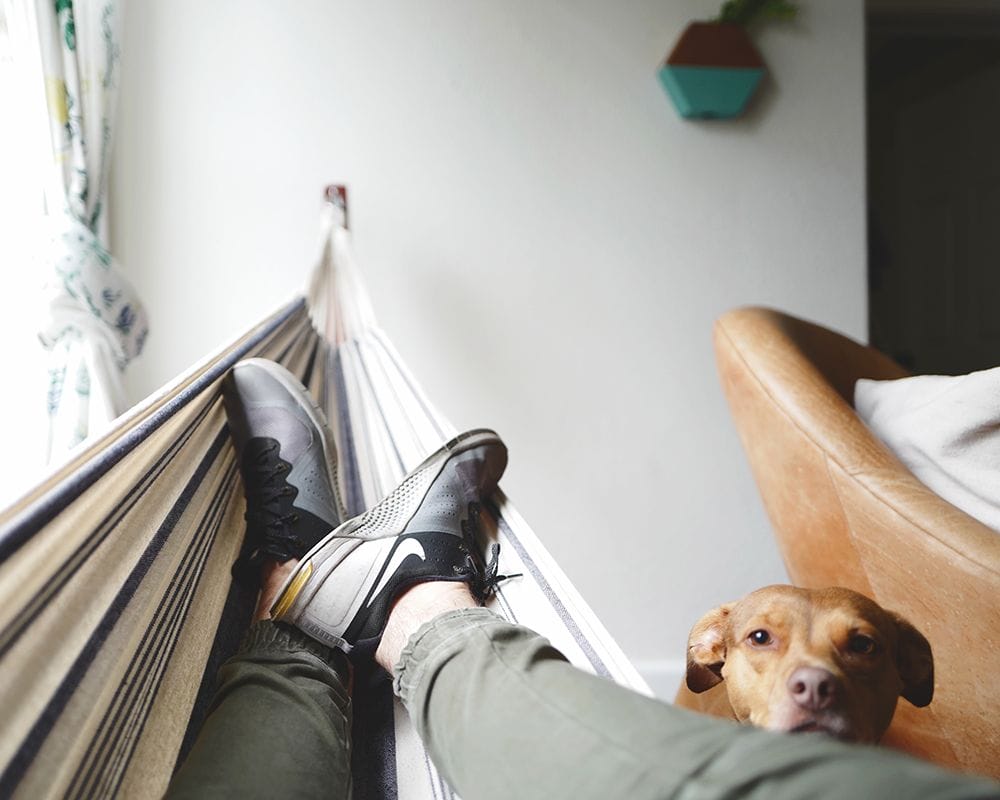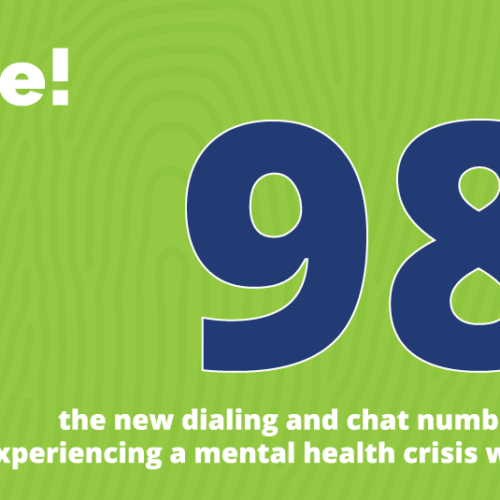As many students leave their residential campuses and the world hunkers down into shelter-in-place “normality,” industries scramble to quickly transition to remote methods. This includes traditionally in-person therapy, and — many of us have questions!
Where do you find a private space to have your online therapy session when you’re in close quarters with family or roommates, for example?
One of the core components to effective in-person therapy is creating a safe space to be vulnerable. Typically, we focus on creating this emotionally safe space by finding a therapist we trust and can connect with. However, many–myself included–have taken for granted the inherent private nature of a therapist’s office.
When this pandemic hit last month, I was very lucky: I was seeing a consistent therapist every week who already had structures in place to immediately shift to therapy via video. However, even then, it wasn’t a seamless transition, since both of my roommates were also in weekly therapy. Without any forewarning, the three of us had to find a way to discover a semblance of privacy in our tiny DC apartment.
Here are some tips I’ve learned personally, as well as what we’ve been hearing from our students:
1. Get creative
From bathrooms, to walk-in closets, to the back seat of their car, we are hearing that people are getting creative to find space that provides the privacy they need. Everyone’s options will be unique to their home and their neighborhoods. While some may be able to find a quiet spot outside, others may live in a large city where they could be interrupted by passersby. Whether it’s a garage or a backyard, we hope you can create a new, safe physical space for yourself.
2. If you feel safe doing so, communicate with your family or roommates
Be open and honest about your concerns if those you’re staying with know you’re in therapy, or you feel comfortable telling them. Express these concerns early in case you can’t come to a consensus right away. If you have a good relationship with your quarantine housemates, maybe they would be OK with choosing that hour to go grocery shopping for the week, or to walk the dog and be out of the house. Due to the private nature of therapy, they have a lot more options of where to go than you do!
Work together to find a solution you all are happy with. Maybe you just need a tiny bit of extra background noise that can be solved with a white noise app or leaving a TV on in another room. Once you all agree, send them a calendar invite and go into your session feeling confident that your privacy is protected and valued.
3. Communicate with your therapist
Communicate openly with your therapist about what works and what doesn’t in a distanced setting. This might be new for them, too! Discuss with them any privacy concerns you have, and talk through potential changes or solutions. Since you’re likely not used to therapy in these new and creative locations, ask to start your session with grounding exercises to help you assimilate to your environment.
My therapist and I have incorporated various breathing and grounding techniques to the beginning of our sessions, and sometimes my dog participates in them, too! I thought it would be distracting to have my dog in the room, and for some it may be an experiment based on your pet’s temperament, but I have found having her there to be very calming and comforting. She stays nearby and cuddles up close (not always willingly, but still!) when I get emotional or anxious about the topics we’re discussing.

4. Look for “out of the box” solutions
If worries of being overheard continue to be an issue after trying the recommendations above, ask your therapist if they can try something more traditionally “out of the box.” Could you utilize a chat function? Or schedule outside of their traditional office hours to a time when others in your household aren’t there?
There are also many services that specialize in texting or web-based therapy you could experiment with. Students, connect with your counseling center to see what they’re offering. If they aren’t equipped with these services, they can help point you in the right direction within your community. If you are in crisis, please reach out to the Crisis Text Line. It’s confidential and fully text-based if you’re in close proximity to others; text BRAVE to 741741 to be connected to a trained crisis counselor in minutes.
We want you to know that it takes great strength to ask for help. There is no right way to do so–especially now. You are so brave for navigating these challenging times, and you are not alone in this.







